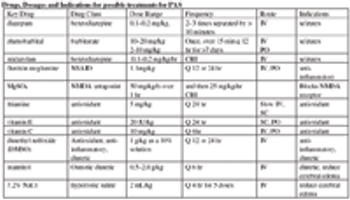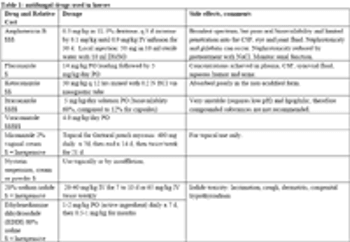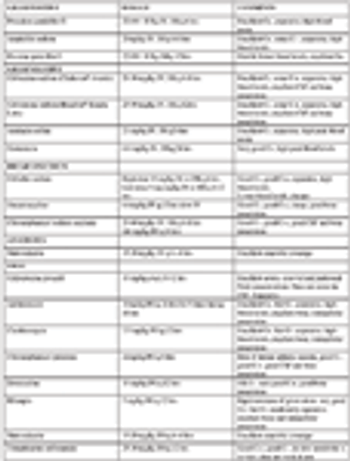Allison Stewart, BVSc (hons), MS, DACVIM-LAIM, DACVECC
Articles by Allison Stewart, BVSc (hons), MS, DACVIM-LAIM, DACVECC

Bacterial septicemia is the leading cause of morbidity and mortality in equine neonates. Survival rates reported over the last 5 years in retrospective studies of septicemic foals are highly variable, ranging between 40 and 70%, and comparisons among studies are difficult because of differences in case definition.

Neonatal isoerythrolysis occurs when the foal inherits blood antigens (types) from the stallion that are different from that of the mare. As a result, the mare may produce antibodies to these antigens, which are then concentrated in her colostrum.

Fungi are eukaryotic organisms with a cell wall made up of chitins, glucans and mannans. The plasma membrane contains ergosterol, which is a sterol that is targeted by several antifungal drugs. Fungal infections in horses are relatively uncommon, although geographic prevalence is highly variable.

Clostridial myositis results from rapidly progressive necrosis of muscle from infection with clostridial organisms, often with fatal consequences. The majority of equine cases are secondary to intramuscular injections or as a result of direct contamination of deep wounds with bacterial growth in an anaerobic environment.

New information cerebellar abiotrophy of Arabians, Severe Combined Immunodeficieincy (SCID) of Arabians, Lavender foal syndrome of Arabians, Lethal White Syndrome of overo Paints, Glycogen Branching Enzyme Deficiency (GBED) of Quarter Horses, hemophila and thrombobasthenia will be discussed.

If the foal is less than 12 hours, it can be given 1-3 liters of high quality (sp gr > 1.090) colostrum. (Frozen colostrum should be thawed in warm water, rather than the microwave. Ideally colostrum should be < 12 months old).

Diarrhea is a significant cause of morbidity and mortality in foals. Numerous noninfectious and infectious agents are responsible for enterocolitis and enteritis in the newborn foal.









